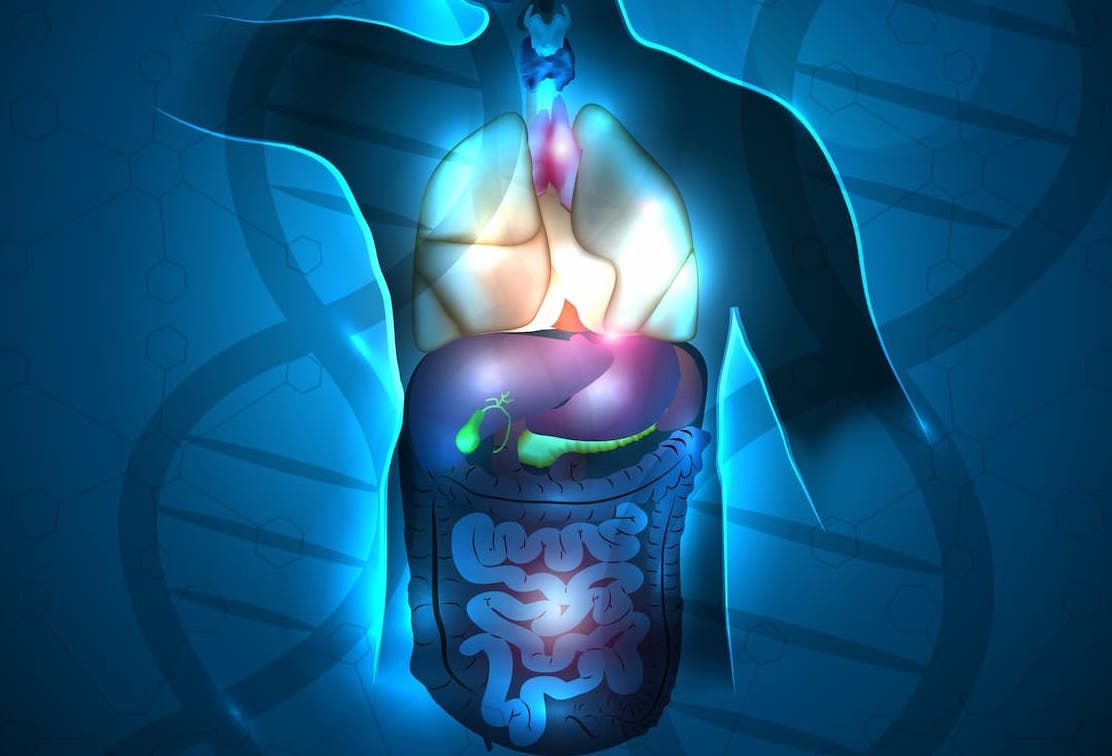Durvalumab/Chemo Significantly Improves pCR in Gastric/GEJ Cancer
Adding durvalumab to standard-of-care chemotherapy appears to improve downstaging in patients with resectable gastric cancer and gastroesophageal junction cancer in the phase 3 MATTERHORN study.
"Looking at the subgroup analysis, it seems that all subgroups have benefitted from the addition of durvalumab in terms of pCR," according to Salah-Eddin Al-Batran, MD.

Durvalumab (Imfinzi) plus 5-fluorouracil, leucovorin, oxaliplatin, and docetaxel (FLOT) elicited clinically relevant improvements in pathological complete response (pCR) compared with placebo plus FLOT in those with resectable gastric cancer or gastroesophageal junction (GEJ) cancer, according to pre-planned interim analysis findings from the phase 3 MATTERHORN study (NCT04592913) presented at the 2023 European Society for Medical Oncology Congress (ESMO).
Patients in the durvalumab arm experienced a pCR rate of 19% compared with 7% among those in the placebo arm per central review (odds ratio [OR], 3.08; 95% CI, 2.03-4.67; P <.00001). Based on the investigator assessment, the pCR rate in each respective arm was 22% vs 8% (OR, 3.03; 95% CI, 2.05-4.48; P <.00001). The rate of combined complete and near-complete pathological response—defined as single or rare small groups of small cancer cells at the time of resection based on modified Ryan criteria—was 27% and 14% in each arm (OR, 2.19; 95% CI, 1.58-3.04; P <.00001).
In a subgroup of German patients, the pCR rate was 30% with the durvalumab-based regimen vs 13% with the placebo regimen (OR, 2.88; 95% CI, 1.13-7.35).
“Looking at the subgroup analysis, it seems that all subgroups have benefitted from the addition of durvalumab in terms of pCR,” said presenting author Salah-Eddin Al-Batran, MD, director of the Institute of Clinical Cancer Research and director of Gastrointestinal Oncology at Krankenhaus Nordwest-University Cancer Center, Frankfurt.
In the international, double-blind phase 3 MATTERHORN study, 948 patients were randomly assigned 1:1 to receive 1500 mg of durvalumab (n = 474) or placebo (n = 474) every 4 weeks plus FLOT every 2 weeks on days 1 and 15 for 4 cycles prior to surgery. Postoperative treatment consisted of 2 additional doses of durvalumab or placebo plus 4 doses of FLOT followed by 10 doses of maintenance durvalumab or placebo.
The trial’s primary end point was event-free survival (EFS). Secondary end points included pCR per central review based on modified Ryan criteria and overall survival.
Patients with gastric and GEJ adenocarcinoma and stage II, III, or IVA disease were eligible for enrollment on the trial. Additional inclusion criteria included having no evidence of metastatic disease, no prior treatment, and an ECOG performance status of 0 or 1. Investigators stratified patients based on geographic region, clinical lymph node status, and PD-L1 status.
In the durvalumab and placebo arms, respectively, the median patient age was 62 years (range, 26-84) and 63 years (range, 28-83). Additionally, most patients in each respective arm were male (69% and 75%), had gastric cancer (68% and 67%), and had stage T3 disease (65% and 68%). Most in each group also had lymph node-positive disease (69% and 70%), a PD-L1 expression of at least 5% (50% and 52%), and unspecified adenocarcinoma or other histology (41% and 47%).
Overall, 87% (95% CI, 83.3%-89.6%) and 84% (95% CI, 80.6%-87.4%) of patients receiving durvalumab and placebo, respectively, underwent surgery (OR, 1.23; 95% CI, 0.85-1.76). Additionally, the R0 resection rate was 86% (95% CI, 82.2%-89.0%) and 86% (95% CI, 82.1%-89.0%) in each respective arm (OR, 1.00; 95% CI, 0.68-1.48).
According to Al-Batran, there “was a clear downstaging and downsizing using durvalumab”, as the rate of stage T0 disease was 23% in patients treated with the experimental regimen compared with 11% in those receiving the placebo-based combination. Additionally, the rate of node-negative disease in each respective arm was 52% and 37%.
With respect to treatment exposure, 69% of patients in the durvalumab arm and 67% of patients in the placebo arm received at least 2 cycles of postoperative treatment. Of note, 63% of patients in each arm were treated with 4 postoperative doses of FLOT.
Regarding toxicities potentially related to study treatment, Al-Batran reported that grade 3/4 treatment-related adverse effects (TRAEs) affected 58% and 56% of patients in the durvalumab and placebo arms, respectively. Serious TRAEs potentially related to study treatment occurred in 20% and 16% of patients in each respective group. Additionally, the most common grade 3/4 toxicities in each group included neutropenia (20% and 21%) and neutrophil count decreases (19% and 22%).
“The MATTERHORN study is currently ongoing for its primary end point [of EFS], which we hope to see very soon,” Al-Batran concluded.
Reference
Janjigian YY, Al-Batran S, Wainberg ZA, et al. Pathological complete response (pCR) to durvalumab plus 5-fluorouracil, leucovorin, oxaliplatin and docetaxel (FLOT) in resectable gastric and gastroesophageal junction cancer (GC/GEJC): Interim results of the global, phase III MATTERHORN study. Presented at the 2023 European Society for Medical Oncology Congress (ESMO); October 20-24, 2023; Madrid, Spain; Abstract LBA73.
Newsletter
Stay up to date on recent advances in the multidisciplinary approach to cancer.